In 1673, the first coal found in the New World was reported from along the Illinois River near Utica in LaSalle County (Ledvina, 1997). In the mid-19th century, another important find was made in the same area; Middle Pennsylvanian aged fossils were discovered along one of the tributaries of the Illinois River, the Mazon Creek (Shabica and Hay, 1997). Subsequent, extensive collecting of fossiliferous sideritic nodules across this area, by both amateurs and professionals, has led to large and important collections. Shortly after they were discovered, taxonomic review of this material commenced and has been ongoing since (e.g. Lesquereux, 1866, 1869, 1870, 1879-1884; Sellards, 1902a, 1902b, 1903, 1907; Noé, 1922, 1925a, 1925b; Arnold, and Steidtmann, 1937; Arnold, 1938; Janssen, 1940; Schopf, 1948; Abbott, 1954, 1958, Chaloner, 1956, 1958; Langford, 1958, 1963; Darrah, 1936, 1937, 1938, 1969; Taylor, 1967; Pfefferkorn et al., 1971; Pfefferkorn, 1973, 1976, 1979; DiMichele and Phillips, 1976; Pigg and Taylor, 1985; Drinnan et al., 1990; Drinnan and Crane, 1994; Wittry, 2006). As a result of these and other studies, in combination with intense collecting, the Mazon Creek floral assemblage has been recognized as highly diverse for its age (Pfefferkorn, 1979) and has gained recognition as a knoservat-lagerstätte (Feldman et al., 1993).
The vast majority of specimens held at the Field Museum are preserved within sideritic concretions, but plant fossils also occur as non-nodular carbonaceous compressions within the shale. All the specimens derive from the Middle Pennsylvanian (Desmoinesian) Francis Creek Shale Member of the Carbondale Formation in north eastern Illinois, from parts of Grundy, Kankakee, LaSalle, Livingston and Will counties (Baird, 1997a) and this is hereafter termed the Mazon Creek area. However, the majority of plant fossils were probably collected from spoil-piles associated with strip mines in Grundy, Will and Kankakee counties, Pits 1, 6 and mines near Morris being particularly important as well as to a lesser extent Pit 11. Francis Creek Shale deposits in Fulton County, Illinois and equivalent beds in Missouri and Oklahoma also contain fossil associations typical of the Mazon Creek associations (Baird, 1997a).
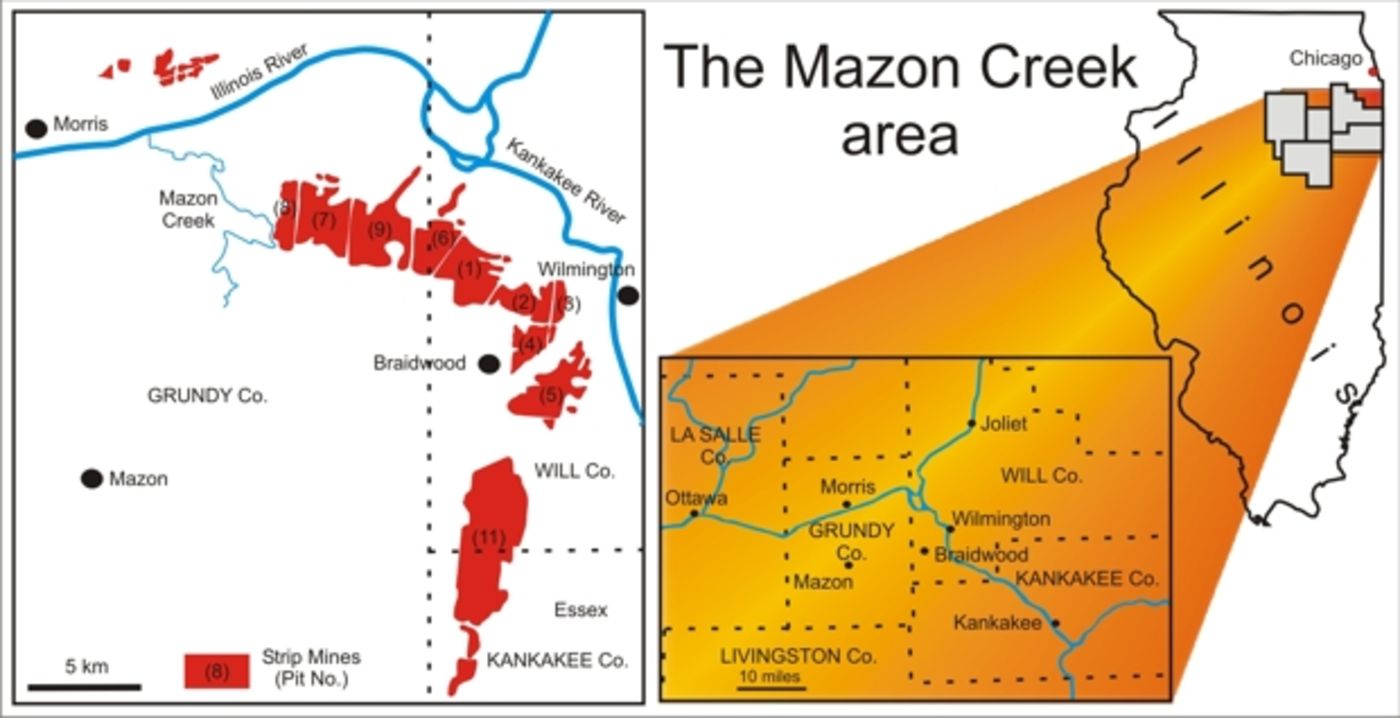
The Francis Creek Shale locally measures up to 25 m in thickness and rests on the Colchester (No. 2) Coal, which extends from western Indiana to Oklahoma (Baird, 1997c). Unlike the Colchester Coal, the Francis Creek Shale is not persistent and may thin significantly and locally may even be absent (Smith, 1970). This shale is interpreted as a progradational deltaic sediment and contains both a terrestrial/freshwater biota (Braidwood Biota) and a more open water prodelta-estuary, storm affected, marine biota (Essex Biota) (Baird, 1997b, 1997c).
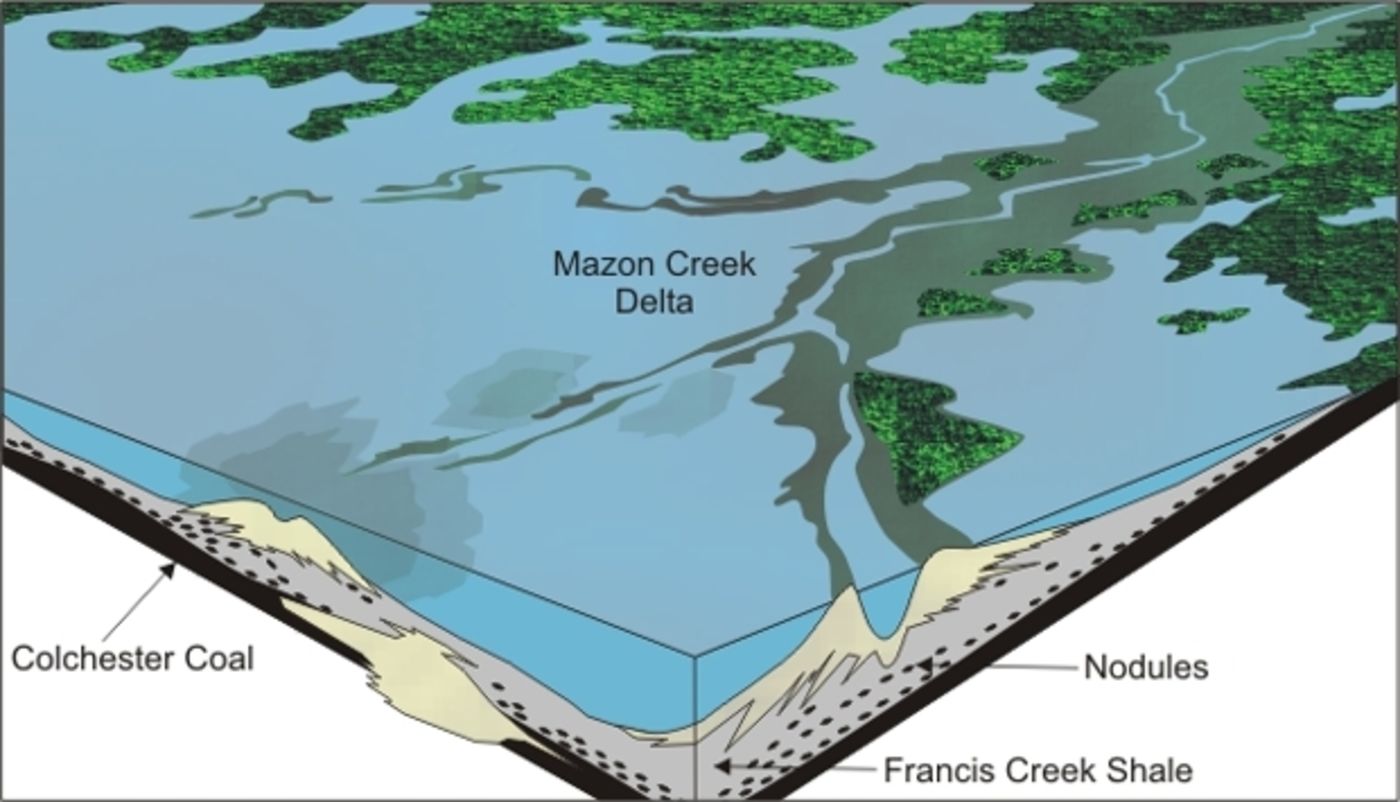
Unlike the coastal Colchester Coal, which was dominated by lycopsids, the Francis Creek Shale flora (Braidwood Biota) was dominated by ferns, pteridosperms and sphenopsids and is considered to represent a less paralic setting (Baird, 1997c). Pecopterids are the most abundant element of this flora and are estimated to comprise about 26% of all Braidwood Biota specimens collected (Baird and Anderson, 1997).
Images of selected specimens:
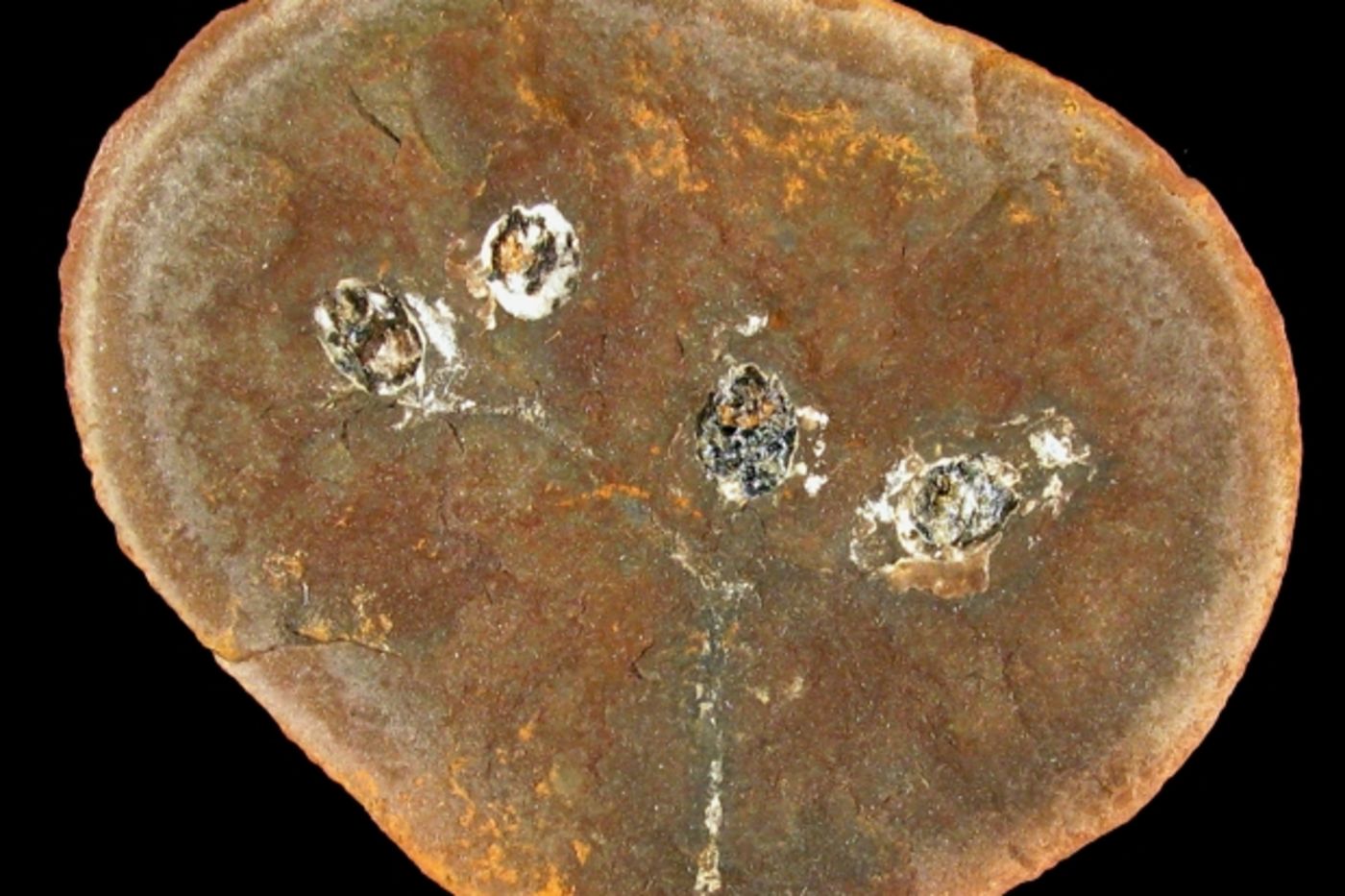
Stephanospermum konopeonus - FMNH PP27766
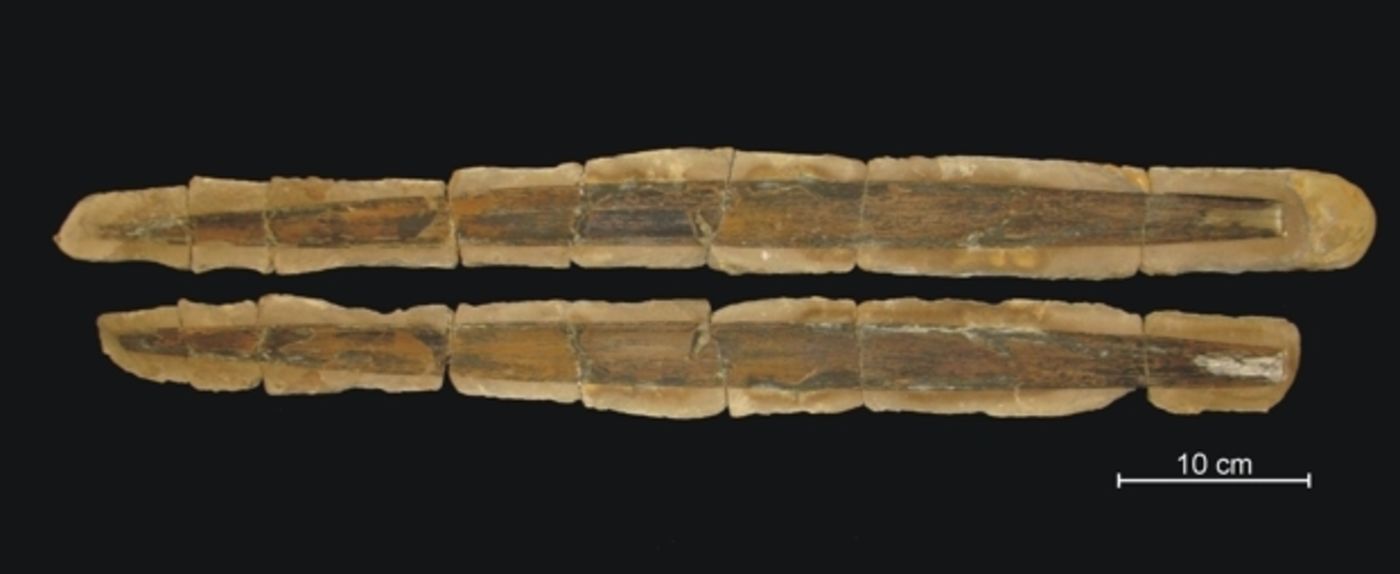
Cordaites sp. - FMNH PP55152
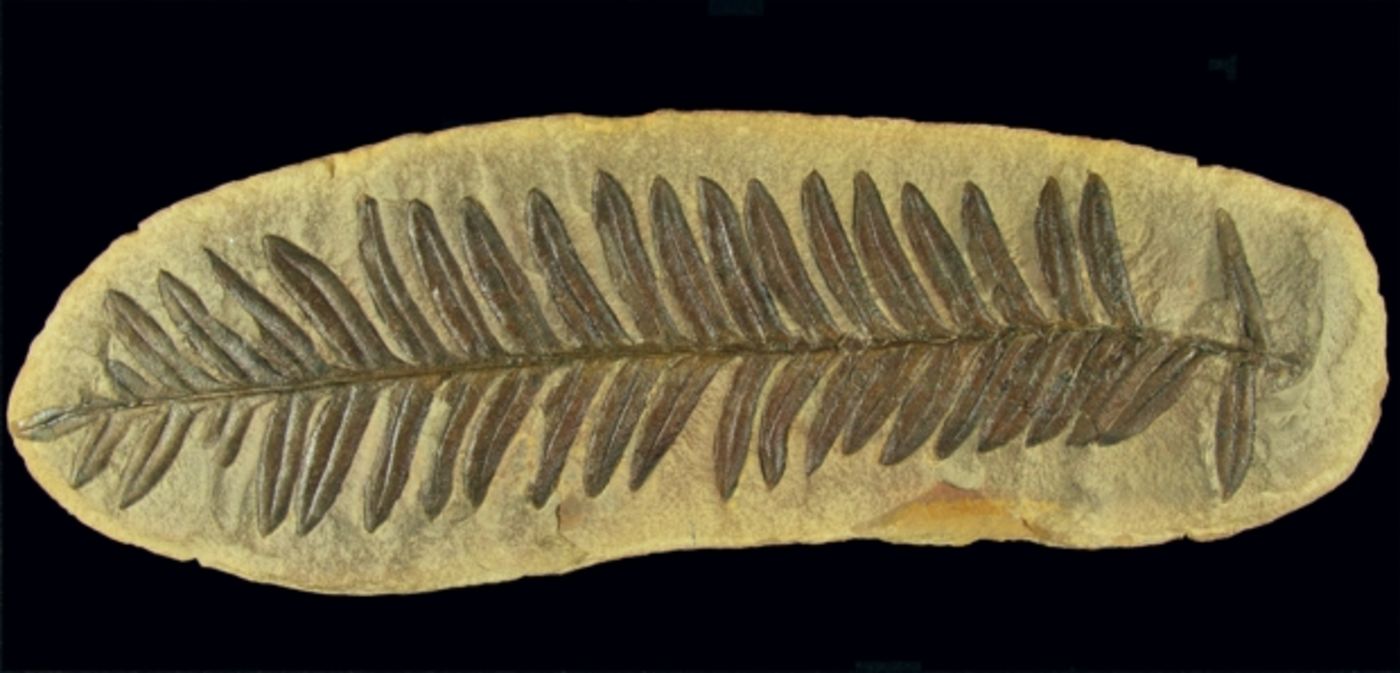
Alethopteris serlii - FMNH P30098
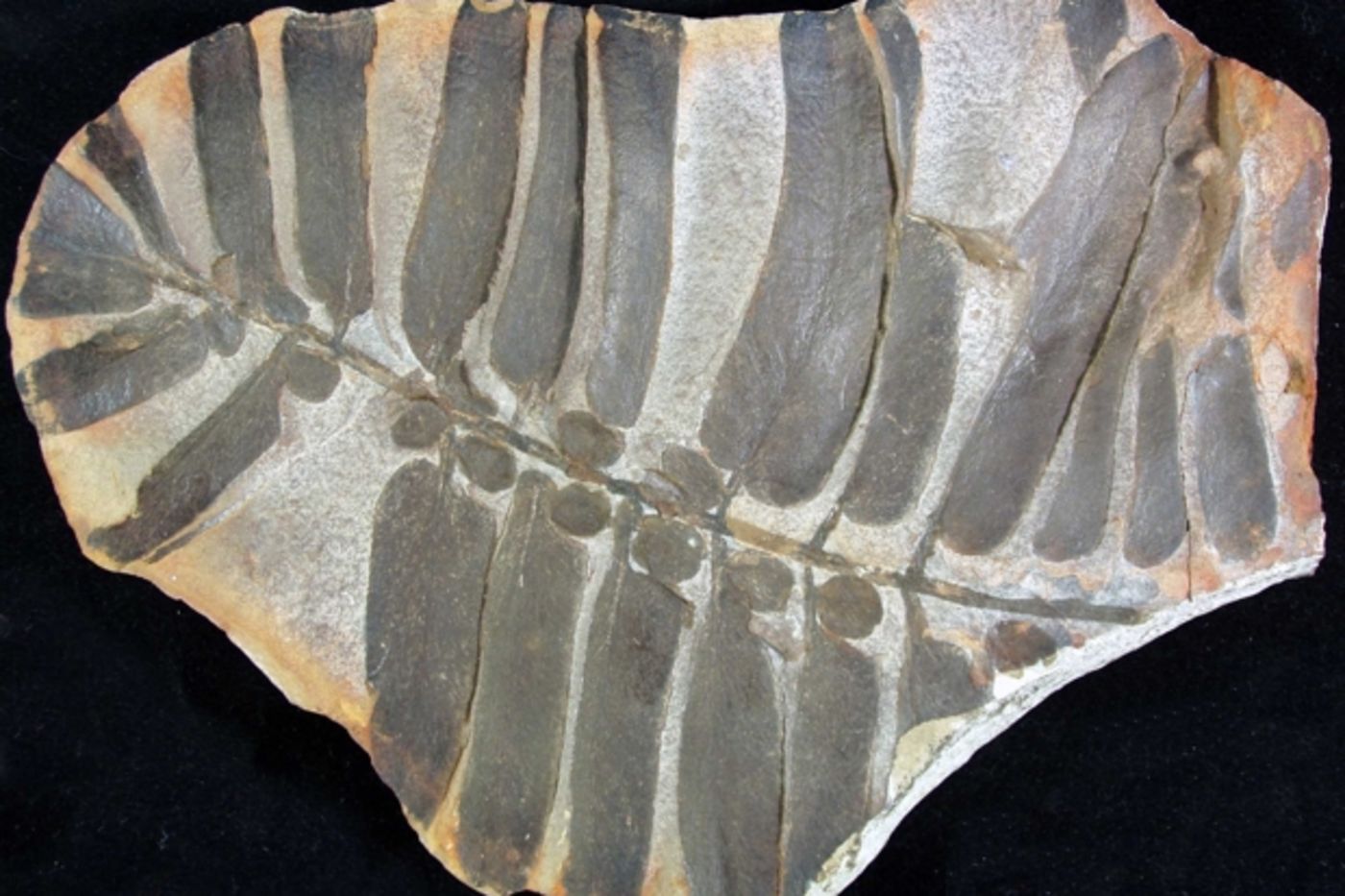
Macroneuropteris scheuchzeri - FMNH PP46058
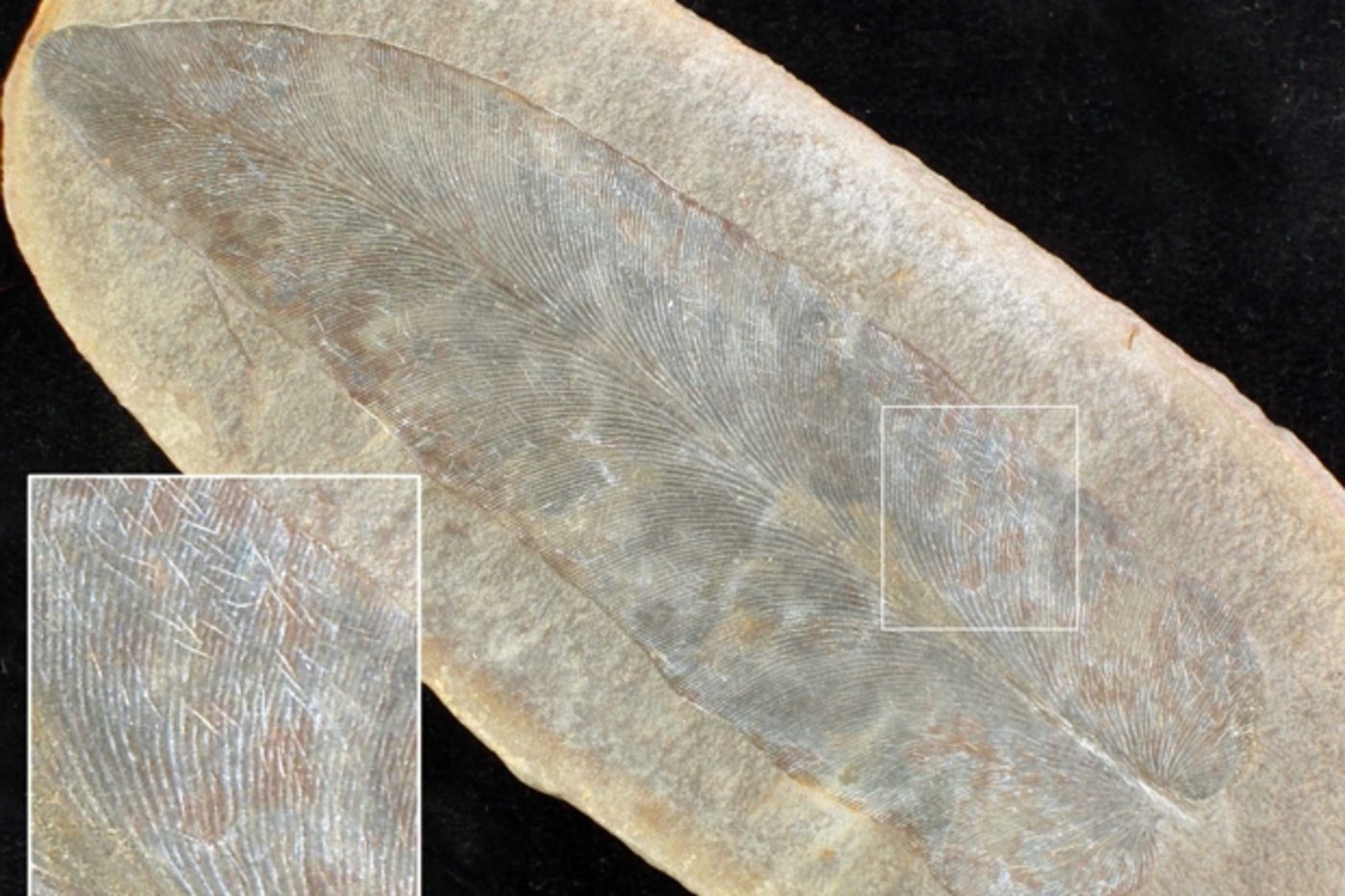
Macroneuropteris scheuchzeri - FMNH P31395
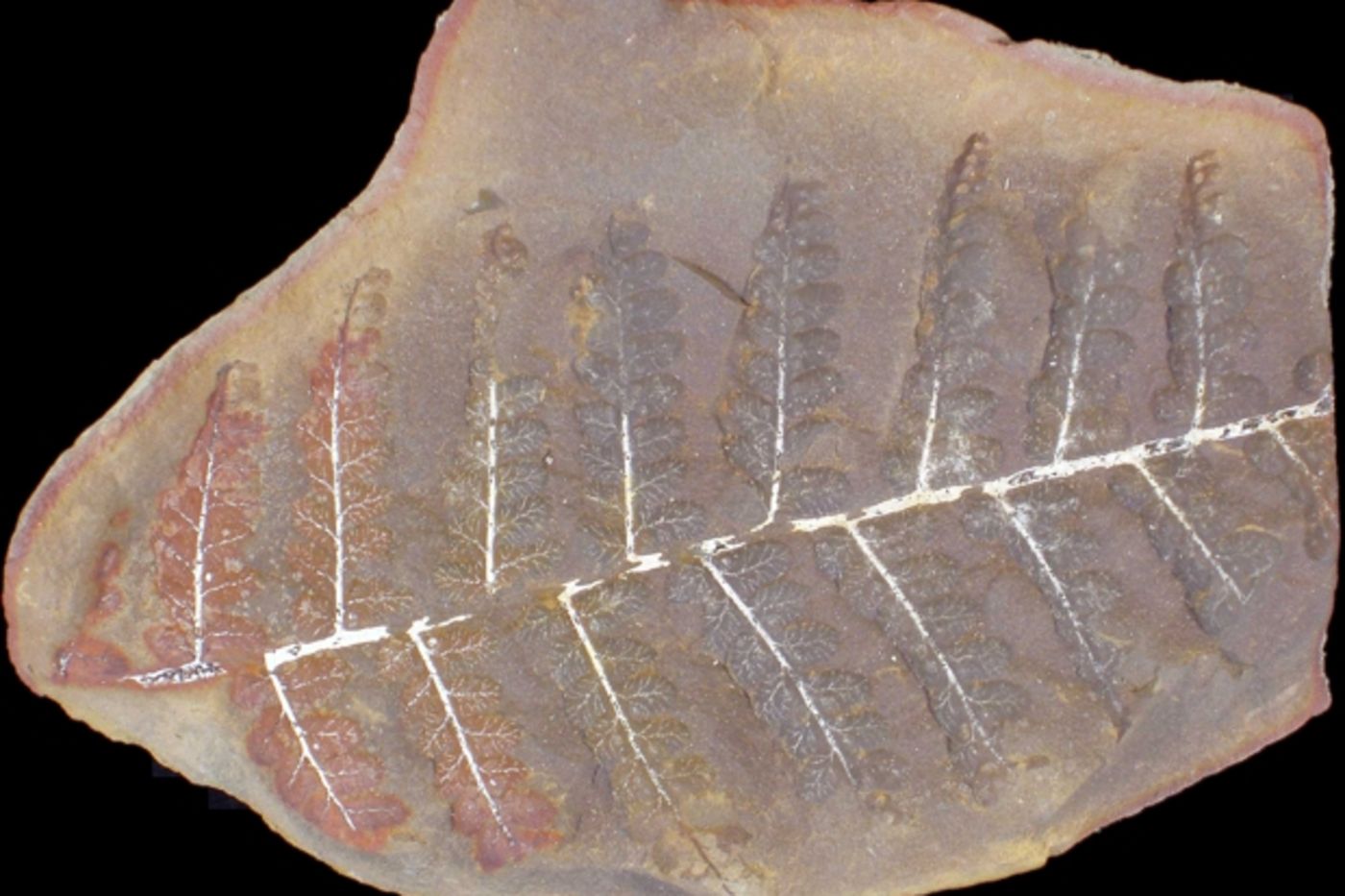
Oligocarpia sp. - FMNH PP25366
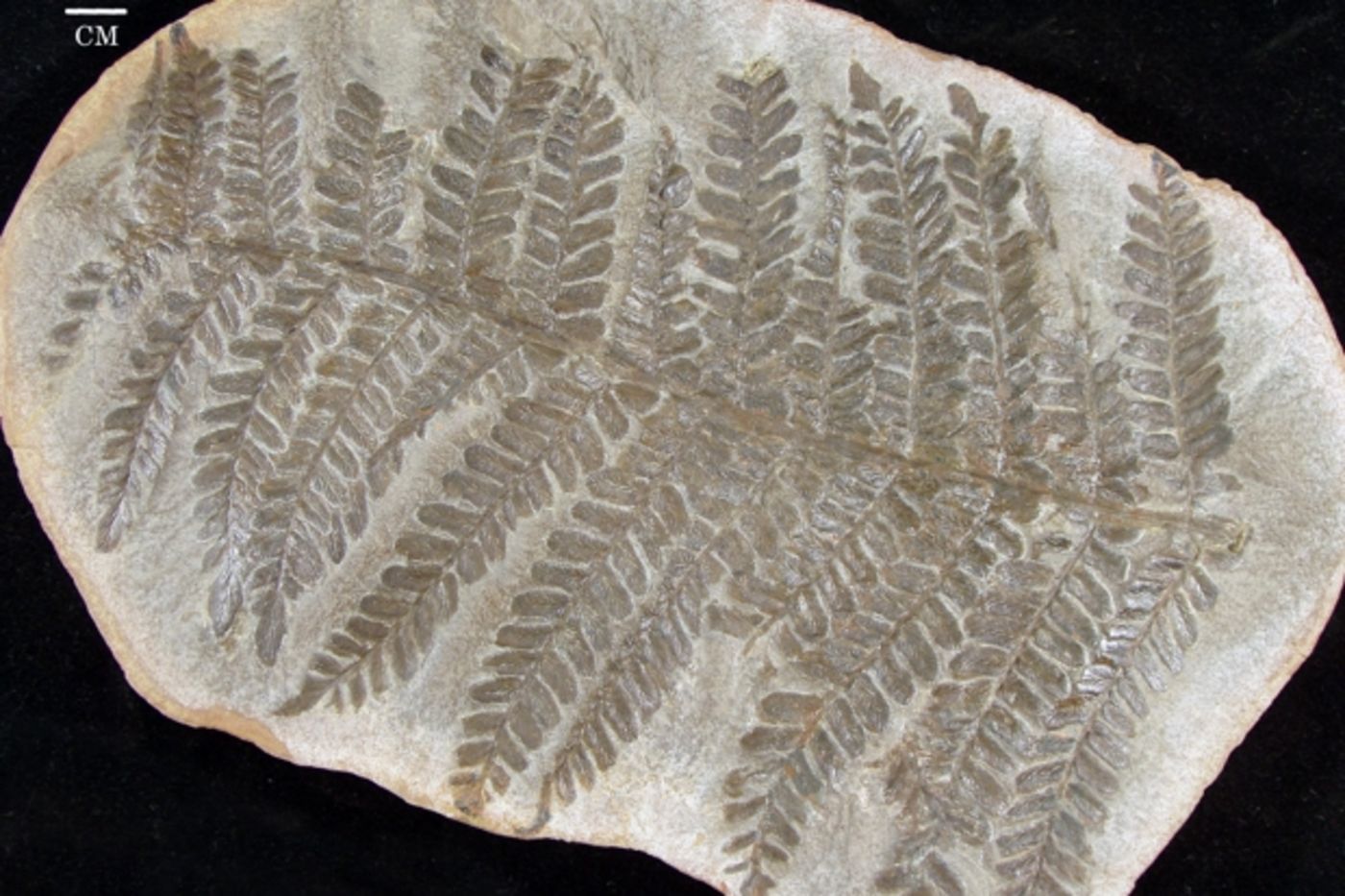
Laveineopteris rarinervis - FMNH - PP5606
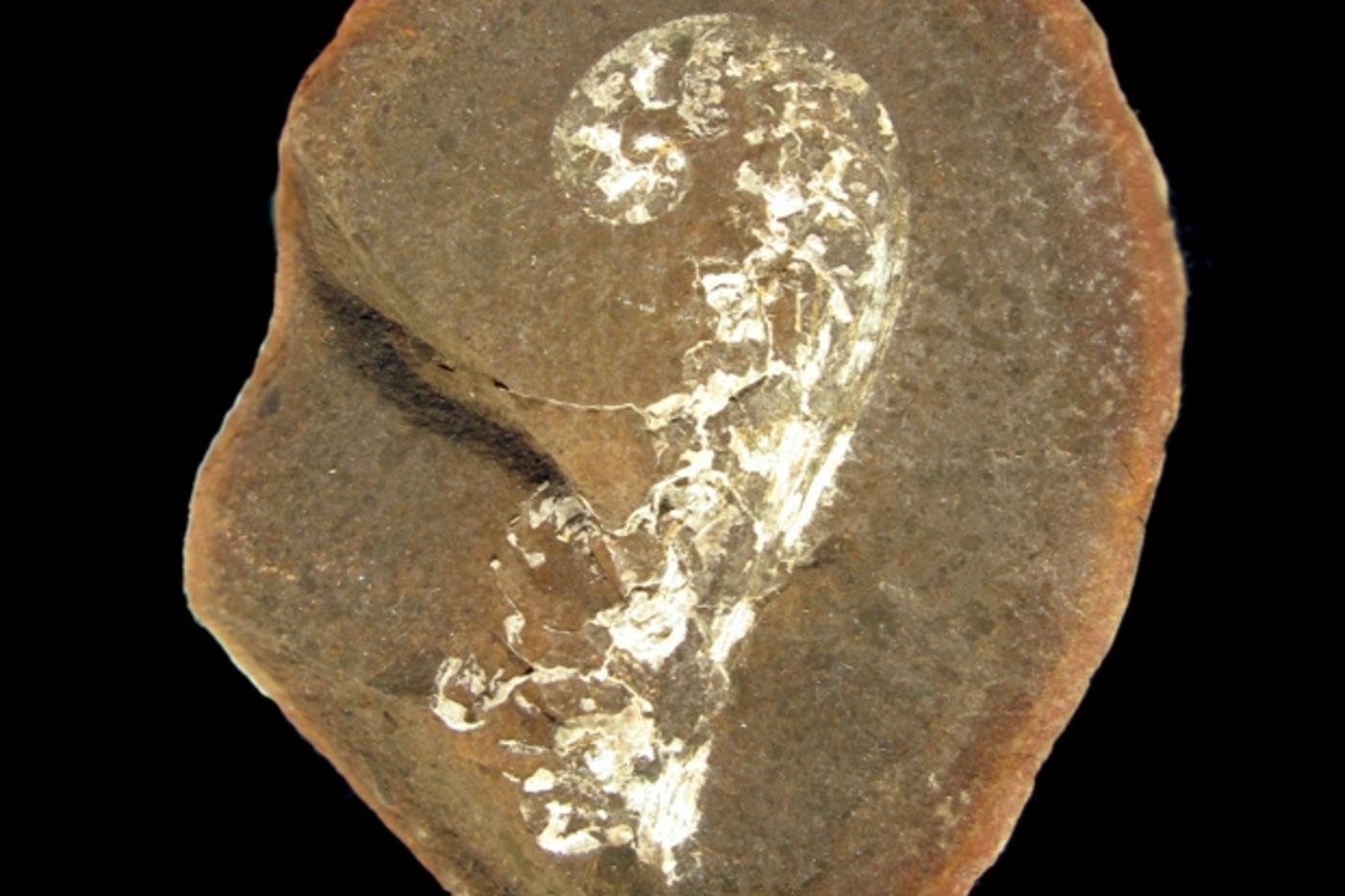
Spiropteris sp.- FMNH PP26844
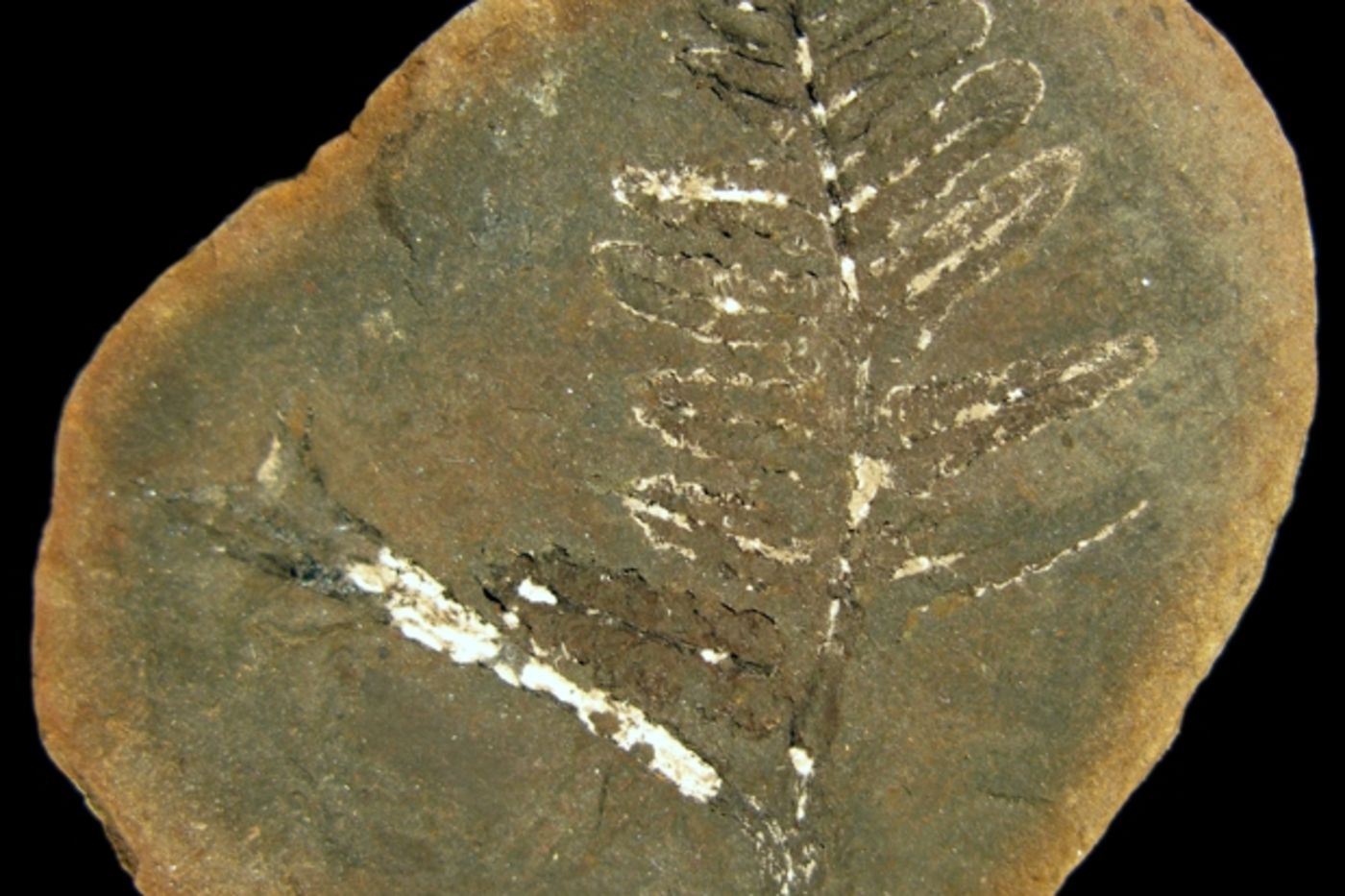
Kankakeea grundyi - FMNHPP27718
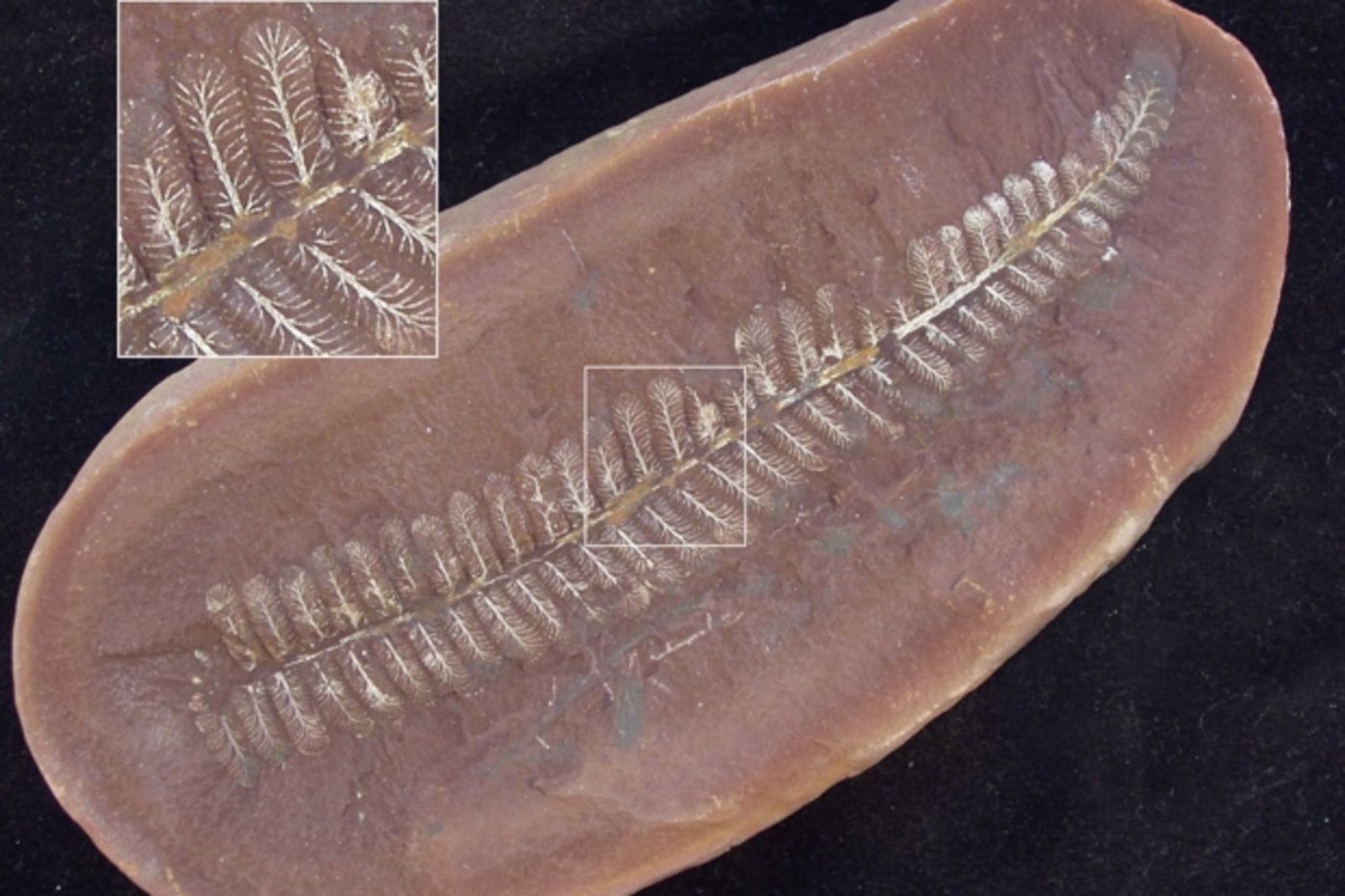
Pecopteris cf. bucklandii - FMNH PP26922
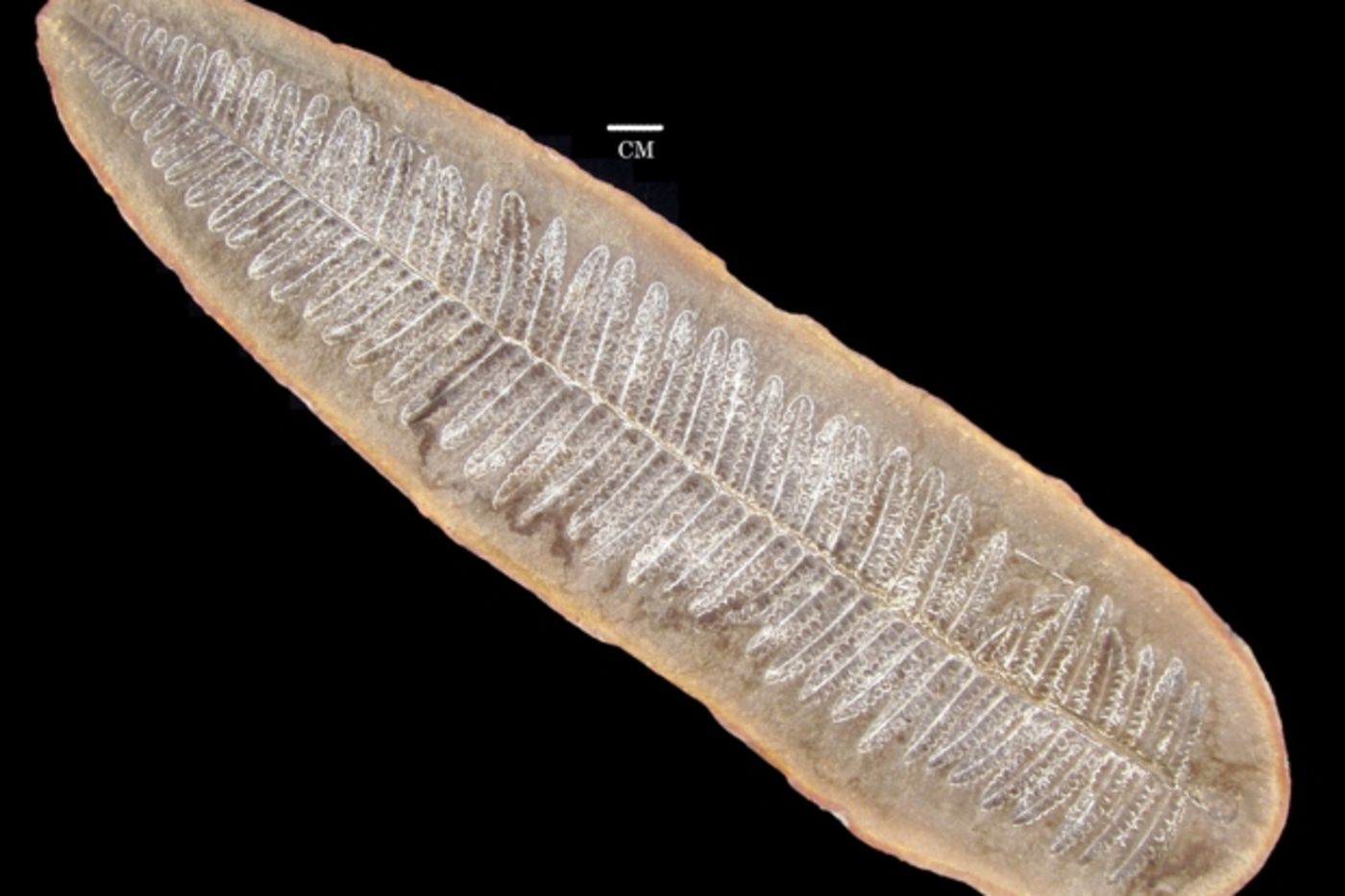
Crenulopteris acadica - FMNH PP2648
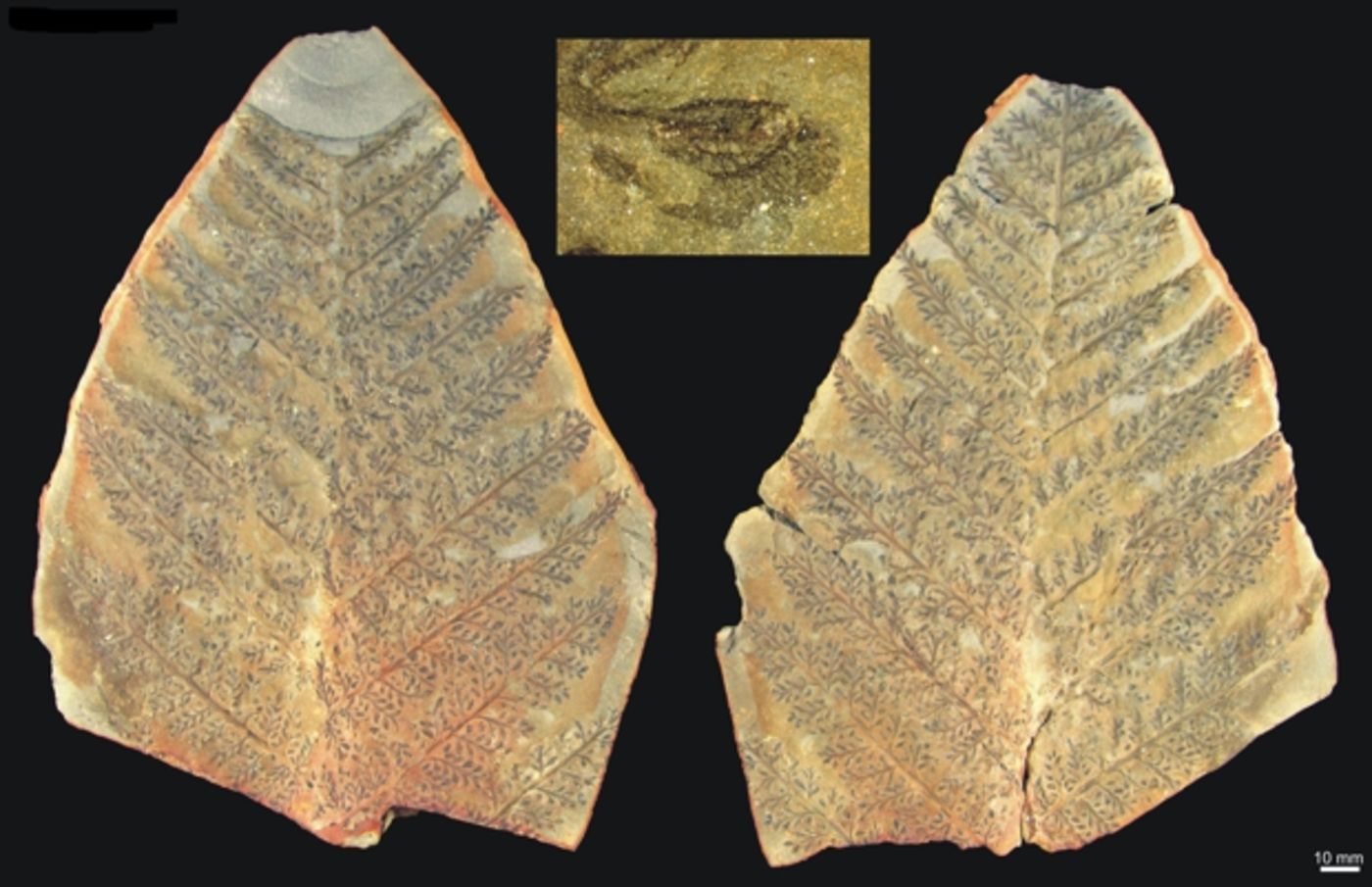
Radstockia kidstonii - FMNH PP53618
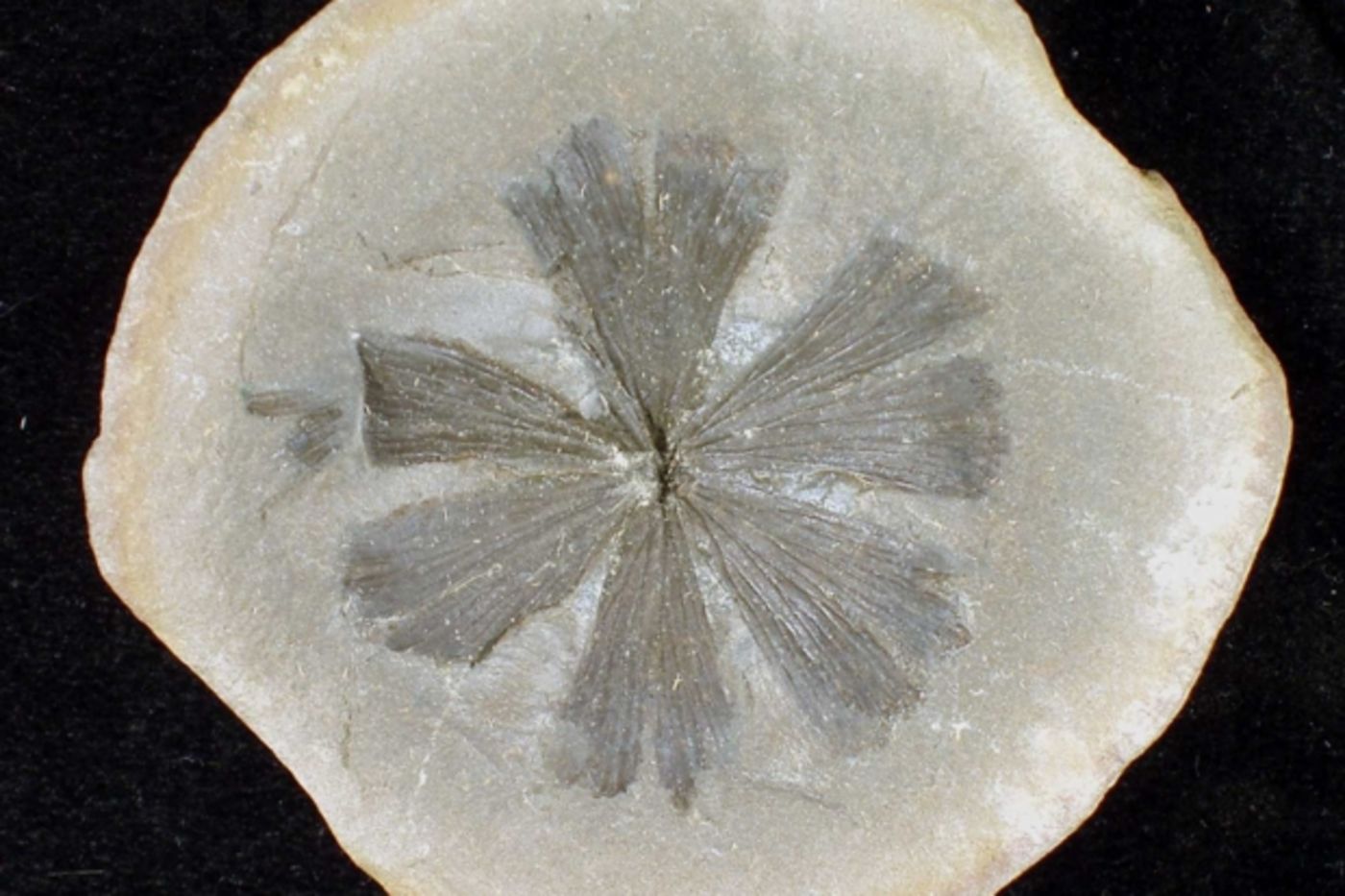
Sphenophyllum majus - FMNH PP2934
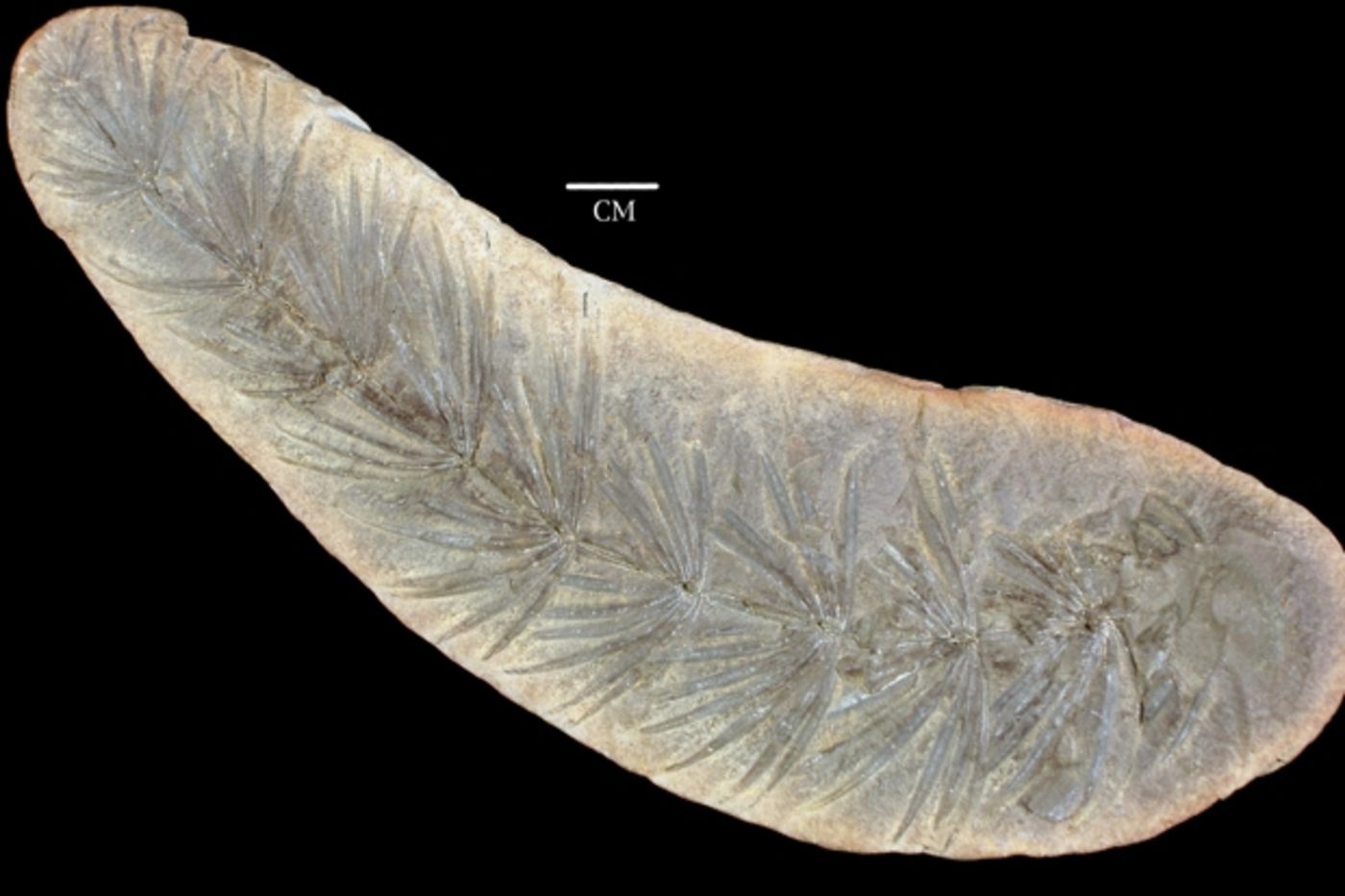
Asterophyllites equisetiformis - FMNH P30919
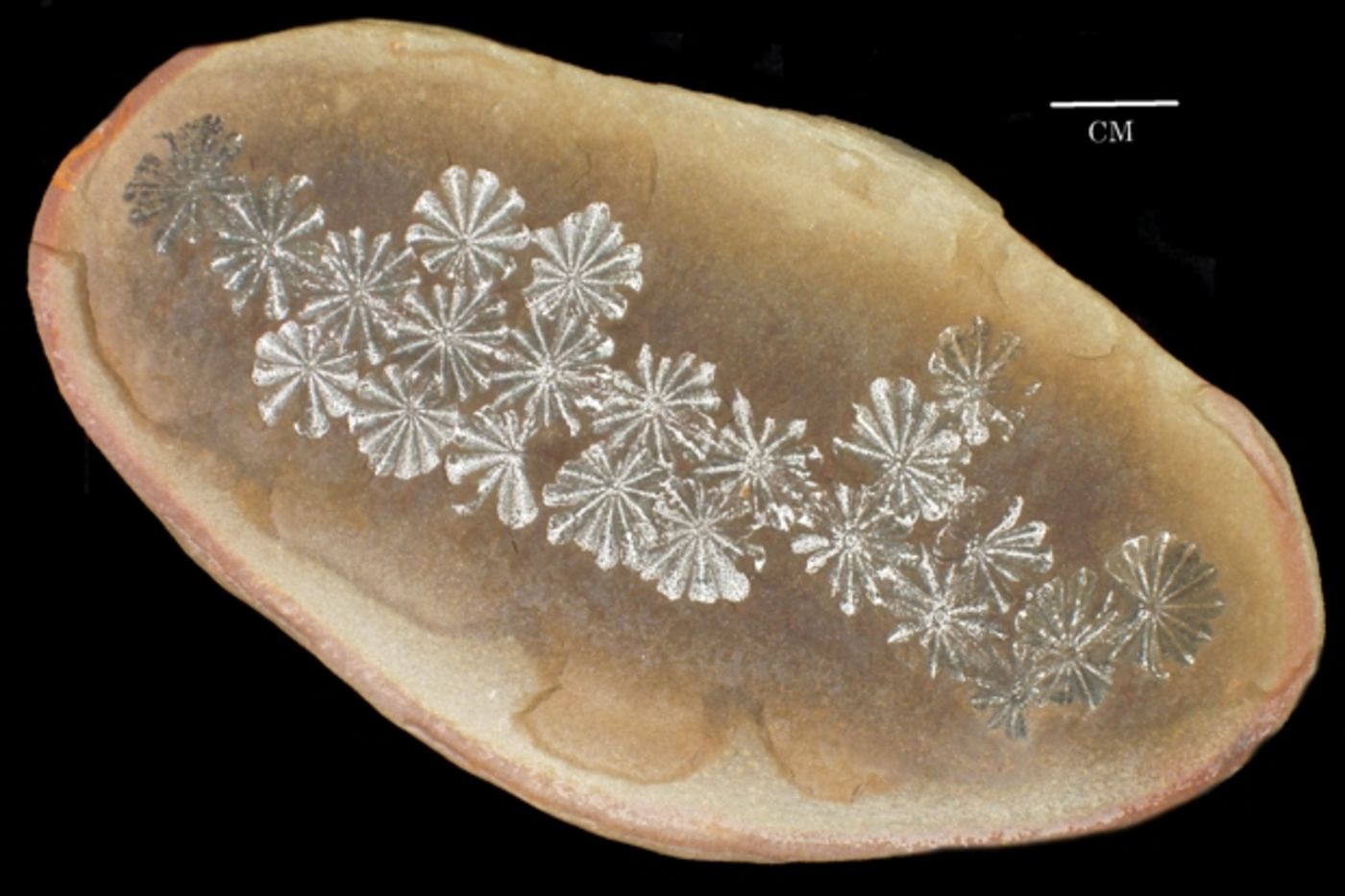
Annularia sphenophylloides - FMNH PP29325
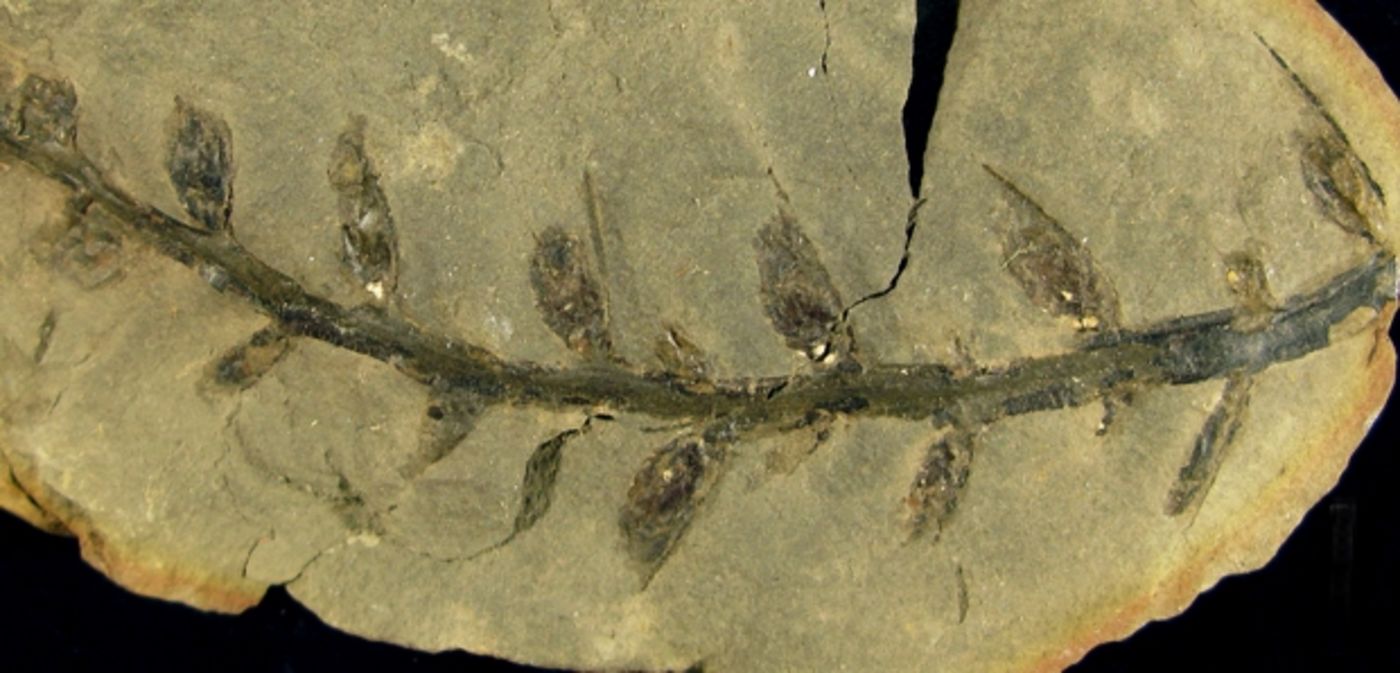
Cordaianthus sp. - FMNH PP32403